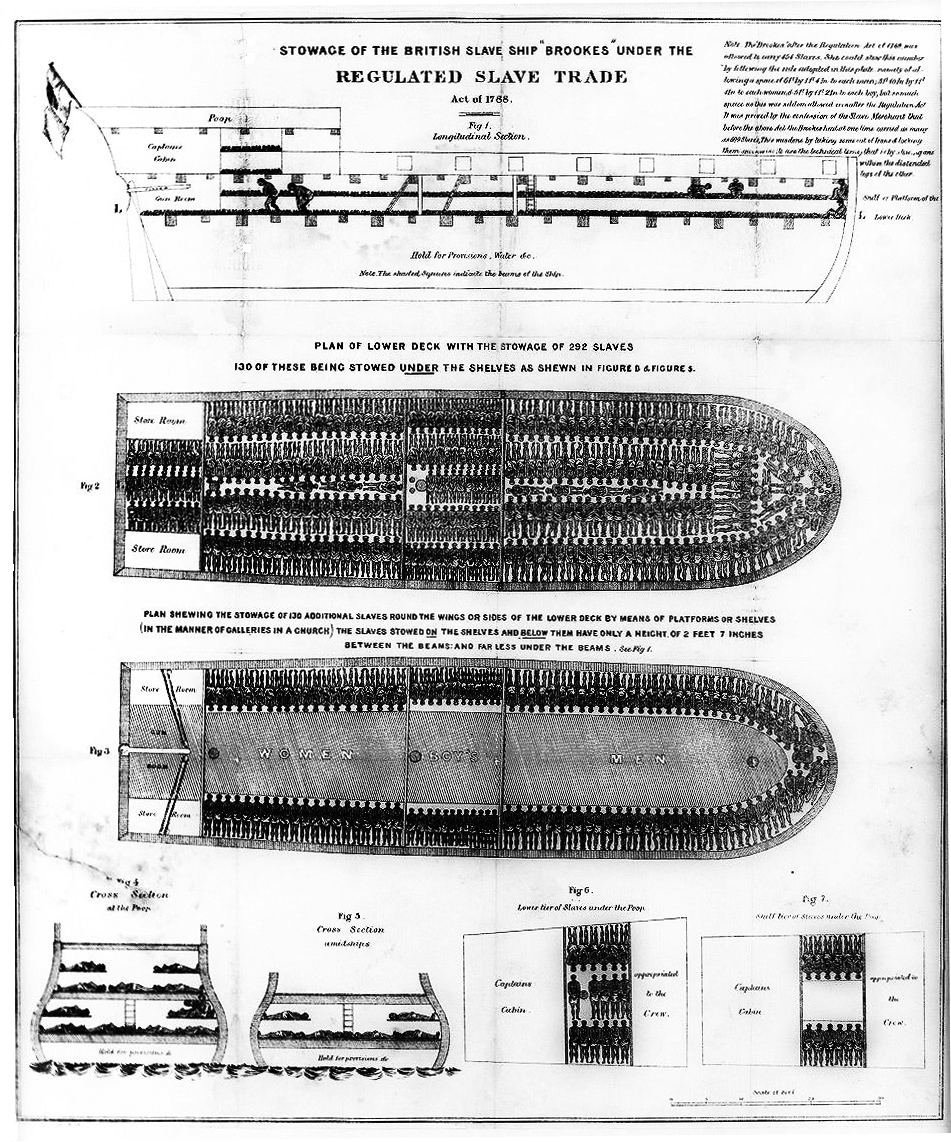In my opinion, the movement in Britain to end slavery is one of the best examples out there for how to campaign on an issue. Commonly known as the Abolition movement, it was made up of many driven and talented people, campaigning in different ways for decades, to end one of the worst atrocities of their time.
William Wilberforce is perhaps the most central figure of this movement. As an MP, he tirelessly argued against slavery in the House of Commons, and his eloquence and political savvy were vital to the abolition movement.
James Stephen masterminded some of the most critical moments of the campaign, such as the passing of the Slave Trade act of 1807. His legal expertise allowed the abolitionists to covertly cripple the slave trade, by passing a seemingly unrelated piece of maritime legislation, before the slave trade lobby realised what was going on.
But for me, one of the most interesting figures of this movement was a man named Thomas Clarkson. Neither an MP nor a Lawyer, he became interested in abolition when he won a writing competition with an essay on the subject. Ever since, he travelled across Britain and the rest of the world, campaigning and gathering data at an extraordinary scale. Over his life, he travelled tens of thousands of miles, interviewed thousands of sailors, and boarded hundreds of ships [1]. He carried with him shackles, thumb screws and leg irons to show the realities of slavery to ordinary members of the public, who would never have seen slavery before. He discovered the diagram of the Brookes, a slave ship, revealing just how many slaves were crammed on to a single ship, and became perhaps the most famous image of the campaign. His efforts key to the abolition movement gaining support among the British Public.
 This diagram shows just how many slaves were crammed, lying down, on to a single ship.
This diagram shows just how many slaves were crammed, lying down, on to a single ship.
He gathered data on the cruelty of trade — for example, the inhumane conditions of the voyage to the Americas, in terms of the excessive numbers of slaves crammed on to different sizes of ships. He took statements from people who were willing to speak of the horrors that occurred in the slave business. But, interestingly, he also gathered data on the terrible conditions that British sailors on slave ships faced. By gathering 20,000 names from Muster Rolls, he showed the staggering death rate of these men, who were often forced into service against their will.
Here is an example of the kind of data Clarkson gathered:
“This Account is taken from between forty and fifty Ships, which returned to Liverpool in the 1786, and about as many in the 1787; and from about 24 Ships, which returned to Bristol in the Years since the Peace - I inspected the Muster Rolls myself, and it appears thereby that every Ship that sails from the Port of Liverpool in the Slave Trade loses in the course of Her voyage from the Time of Her sailing to that of Her return, by Deaths natural or accidental, more than seven of Her Crew, out of about 38 both upon an Average, exclusive of those that died after their Discharge in the West Indies, or in the Infirmaries at Home.” [2]
This was an insightful move: by doing this, Clarkson provided evidence that the slave trade was not only cruel, but uneconomical, and not in Britain’s interests. Clarkson had understood that many of the people making the final decision did not care about the slaves themselves — but could be swayed by economic arguments. By igniting public opinion, as well as gathering evidence that the trade was not good for Britain either, he put pressure on the British government from every angle.
Because of Clarkson, the slave trade, slavery in the British Empire, and to an extent slavery across the world, were brought to an end far sooner than they otherwise might have been. His genius in propaganda and publicity, as well as the sheer effort he put into travelling, campaigning and investigating, completely changed the nature of the campaign. I believe that Clarkson’s work demonstrates how much of a difference the right data can make. Clarkson understood what effective statistics looked like, and how to go about gathering them. Perhaps the most heroic feat was doing all this in a time before computers, where gathering this much data meant dedicating his life to his cause.
[1] The Abolition Project: Thomas Clarkson - Collecting Evidence
[2] National Archives - Clarkson Examination